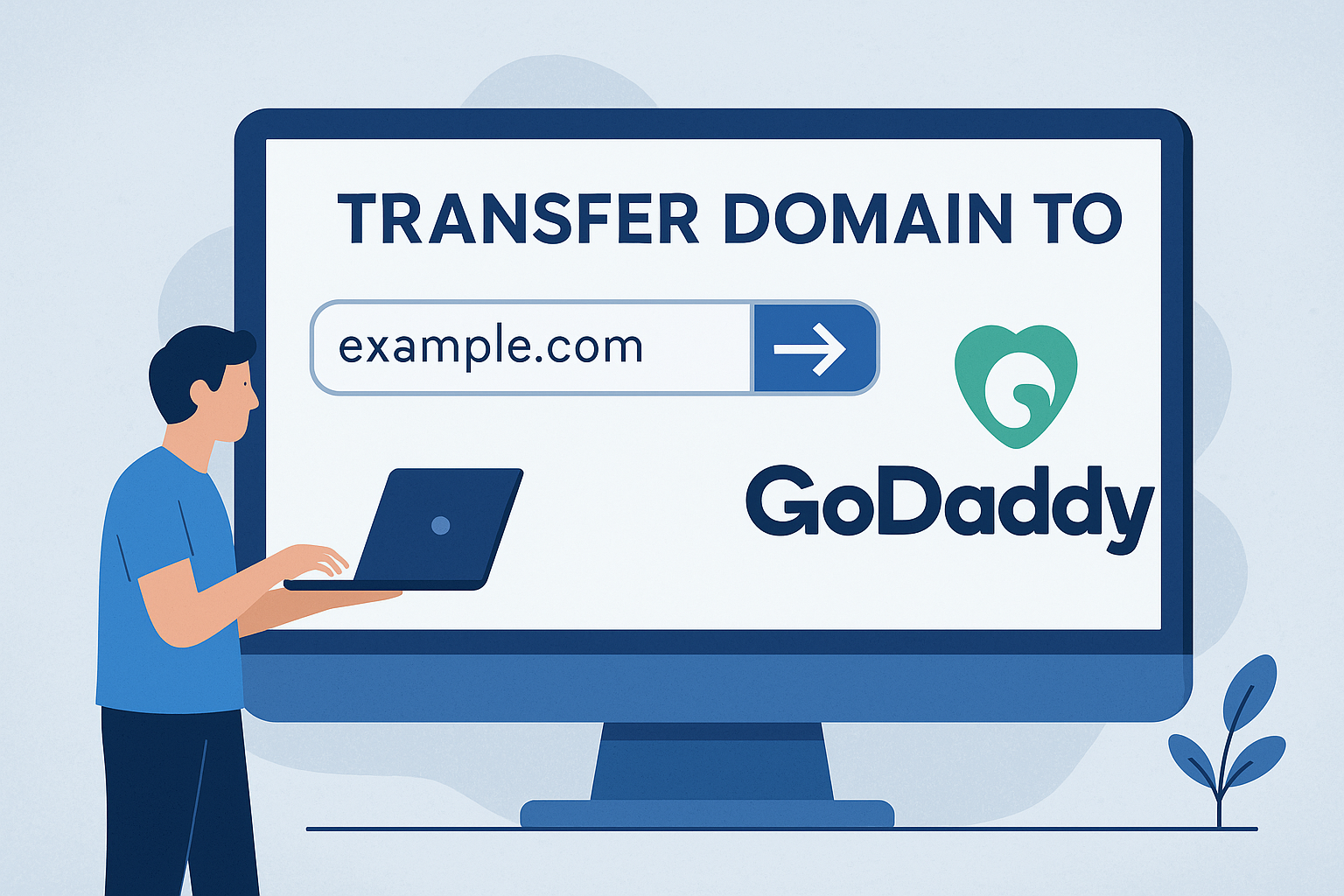Advertising disclosure
Hosting Canada is community-supported. We may earn a commission when you make a purchase through one of our links. Read Disclosure.
SiteGround vs DreamHost Review

Website owners who are looking for a new place to host their site have likely stumbled upon SiteGround and DreamHost as potential options.
This will come as no surprise to those who have used one of the companies before as each web hosting provider is known to offer good performance, quality services, and attractive features. However, looking at SiteGround vs DreamHost (Read our Dreamhost review) in a one-on-one comparison will show there are some key differences between the two.
In this guide, we’re going to do a thorough review of both SiteGround and DreamHost to help you better understand the differences between the two as well as which one is superior.
SiteGround vs DreamHost Features Compared

As a potential client of a web hosting provider, the first thing you should look at is the basic set of features that come with any hosting plan.
Doing so will give you a good idea as to whether the company provides what you deem necessary for your websites such as a free SSL certificate, unlimited storage, and a money-back guarantee. Check out how SiteGround and DreamHost match up for the main features offered.
SiteGround Key Features
SiteGround offers a beginner-level shared hosting plan called the StartUp plan. Here is where clients can see the basic features that the company offers. Clients who sign up for this plan will receive hosting and support on only one website.
With that website, SiteGround provides website transfer assistance, CMS applications, and the choice of site builder between Weebly and WordPress for quick and easy website setup.
The hosted website will receive 10GB of web space, a free SSL certificate, daily site backups, a free CDN, a free email address, eCommerce support, and unlimited databases. Plus, users get out-of-the-box caching which allows for approximately 10,000 monthly site visits.
SiteGround also provides its clients with two more attractive features that can’t be forgotten—the ability to add collaborators to the site and a 30-day money-back guarantee.
DreamHost Key Features
Like HostGround, DreamHost offers various tiers of services. However, the basic plan is what we’ll assess to evaluate the key features of the company.
In the Shared Starter plan, clients get support on one website. This also includes a free domain, a WordPress website builder, and free WordPress migrations.
Included in the entry-level website hosting are a free SSL certificate, unlimited SSD storage and bandwidth, unlimited website traffic, an easy-to-use admin panel, one-click app installation, and automated backups.
However, this plan does not provide a free email. Clients have to pay an additional fee to receive an email address.
DreamHost also offers its clients a money-back guarantee which lasts for an impressive 97 days.
Compared, SiteGround and DreamHost have several key features in common. They each offer WordPress support, regular backups, and a free SSL certificate. However, as SiteGround offers a free CDN, out-of-the-box web caching, and a free email address, SiteGround comes out on top.
Winner: SiteGround.
SiteGround vs DreamHost Speed Compared

While the features of a web hosting provider play a key role in the value you get from your plan, you can’t overlook the performance aspect.
If your web hosting provider has poor response and load times, the features they offer won’t count for too much as your site visitors won’t want to wait more than a few seconds for your pages to load.
SiteGround Speed
To see how SiteGround performs in speed tests, we’ve used Pingdom’s stats. Pingdom tracks websites hosted by a variety of providers and runs tests from various geographical locations to see total average response times.
Over the past week, SiteGround has reported average response times of 0.46 seconds. Taking a look at a longer period of time will show similar numbers. Over the past 12 months, SiteGround has had an average response time of around .45 seconds.
The longest response time reported over that period was only .52 seconds in January 2022, whereas the fastest time reported was .382 seconds in September 2021.
Not only does SiteGround have impressive response times, but the company posts consistent speeds across the globe. This is due to the fact that SiteGround has servers located in Australia, Singapore, the UK, the Netherlands, and the United States.
DreamHost Speed
Using Pingdom stats again, we’ve analyzed the speeds posted by DreamHost. Over the past 7 days, DreamHost has reported average response times of 1.862 seconds.
While high speeds like this could come down to issues with servers or data centers, looking at the response times over the course of a year should give a clearer picture.
While things do seem better over the past year, the speeds are still not impressive. DreamHost has posted average response times of 1.5 seconds over the past 12 months.
In that time frame, the fastest response time shown in one month was 1.246 seconds in July 2021, and the longest time average time was 1.844 seconds in February 2021.
Looking at DreamHost’s data centers may give a clearer picture as to why the speeds are as high as they are. DreamHost only has two data centers, and both of them are located in the United States. One is in Hillsboro, Oregon, and the other in Ashburn, Virginia.
Comparing DreamHost vs SiteGround in speed tests, it’s clear who the winner is. SiteGround posts already impressive response times, and when compared to those of DreamHost, they look even better.
If you were to choose your web hosting provider solely based on speed, you would choose SiteGround without hesitating.
Winner: SiteGround.
SiteGround vs DreamHost Customer Support Compared

Customer support is something that many potential customers fail to investigate when they search for web hosting.
Many people think that they won’t need customer support services or that all customer support is the same.
Our SiteGround vs DreamHost review is here to tell you that is not true and that you should consider each company’s customer support services before selecting a hosting provider.
SiteGround Customer Support
SiteGround offers 24/7 support options and claims to have one of the highest-rated support teams in the industry. As a current customer who already has a hosting plan, you can get in contact with support via a live chat option, a phone line, and you can submit tickets via a help desk.
To get assistance from SiteGround it’s recommended that you follow a certain flow. First, they provide a Help Center where you can search for your problem to see if it has been answered before.
If you can’t find a resource that covers your issue, you can fill out a form and get assigned a support team member via live chat.
One aspect of SiteGround customers like are all the resources offered. There are plenty of helpful tutorials and guides that teach customers how to use tools like Joomla, Drupal, and WordPress.
DreamHost Customer Support
DreamHost provides customers with the same means of contact as SiteGround—email, chat, a ticketing system, and a phone line. However, contacting DreamHost via phone is not free.
When you submit a ticket, you can request a callback from the support team, but you’ll have to pay $9.95 for a one-time call.
Although DreamHost claims to offer 24/7 support services, you can only start a live chat with the support team between 3:00 AM and 9:30 PM PT. While the hours are limited, DreamHost’s support team does have a good reputation for being able to resolve tickets promptly.
Like SiteGround, DreamHost also provides customers with an abundance of resources. There is a knowledge Base page where you can find resources on popular topics like SSL certificates, customizations, WordPress support, and more.
Plus, DreamHost has a discussion board where current customers will post and answer each other’s questions.
In the customer support category, comparing SiteGround vs DreamHost shows several similarities but also one key difference.
To talk to DreamHost’s customer support staff on the phone, you’re required to pay. For that reason, SiteGround is the better option when it comes to customer support.
Winner: SiteGround.
SiteGround vs DreamHost Pricing Compared
 The pricing options for any service should always be a deciding factor. While you don’t want to immediately go for the cheapest option available, you also don’t want to overpay for mediocre services.
The pricing options for any service should always be a deciding factor. While you don’t want to immediately go for the cheapest option available, you also don’t want to overpay for mediocre services.
After reviewing all the features, performance, and customer support offered by SiteGround and DreamHost, it’s easy to decide which prices are worth it.
SiteGround Pricing
SiteGround has three main tiers of shared web hosting services. Customers can choose the StartUp, GrowBig, or GoGeek plan. These costs are $3.69 per month, $6.19 per month, and $9.99 per month, respectively.
As already covered in the features section, you know what comes with the StartUp plan. If you decide you need more storage or support on unlimited websites, you’ll have to upgrade to a different plan and pay more.
SiteGround states that its GrowBig plan is the best seller, meaning those are the services that most people need for their websites. Here, you pay $6.19 per month and receive support on unlimited websites, 100,000 monthly site visits, and 20GB of web space.
While SiteGround’s pricing seems fair, the features and within the context of the impressive speed and customer support, there is one key downfall. The prices listed on their website, and here, are only offered when clients pay for a full year upfront.
DreamHost Pricing
DreamHost offers only two tiers of services—the Shared Starter plan and the Shared Unlimited plan. These two plans cost $2.59 per month and $3.95 per month. However, these prices come with a three-year plan. If you want to pay for one year upfront, you’ll pay $2.95 per month for either of the plans.
Looking at the Shared Unlimited plan, you see that for a little more or the same amount of money depending on your contract, you get two key upgrades. The Shared Unlimited Plan includes unlimited websites unlimited email addresses which can prove invaluable.
It’s clear that there is a stark difference in pricing between the premium tiers between SiteGround vs DreamHost.
Not only that, but if you’re going to pay for a full year upfront, DreamHost offers its premium tier for the same price as the entry-level tier—both of which are cheaper than SiteGround’s cheapest option.
Winner: DreamHost.
Final Verdict: SiteGround vs DreamHost
Comparing the features, performance, customer support, and pricing of DreamHost vs SiteGround shows a clear difference in where each shines and falters. SiteGround offers great features, fast page speeds, and solid customer support.
However, it is more expensive than DreamHost. On the other hand, DreamHost’s features, speeds, and customer support aren’t as strong as its competitors. The bottom line is whether or not it’s worth it to pay more for better services.
For us, SiteGround is the winner. Although it’s more expensive, it’s worth it. If you’re going to host a website, you should do it right. You not only want but you need reliable page speeds and good customer support.











